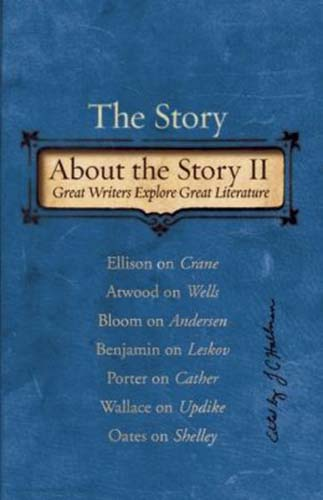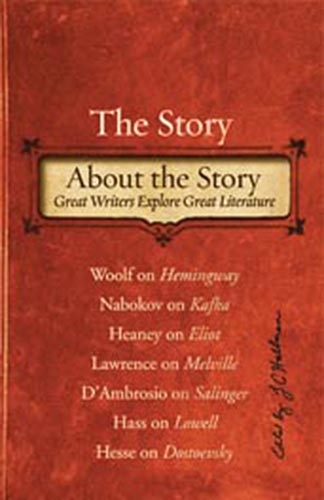Books
Partial Introduction to Volume 1
These days, the debate over how to write about reading is a cold affair: a de-militarized zone. I avoid the terms literature and criticism here, and perhaps even debate is too hifalutin a word to describe what has amounted to a decades-long pissing match between creative writers and critics. The current steely silence is evidence only of empty bladders; the combatants have become preoccupied with internal skirmishes.
Not long ago, Cynthia Ozick, weighing in on a writers’ spat between Jonathan Franzen and Ben Marcus in Harper’s, announced that there was no good literary criticism happening despite the ongoing deluge from academic presses. Franzen and Marcus, arguing over how far fiction should bend toward publishing’s fickle sun, weren’t good models, either, Ozick said, and her proclamation was as much plea as elegy.
Yet Ozick herself (Art & Ardor, Fame & Folly, etc.) is a pioneer of a wholly different kind of writing about reading, work that reads the self as closely as it reads the examined text and that is every bit as creative as it is critical. Writers are often reviewers—John Updike produced a smooth-flowing river of work, and Joyce Carol Oates’s hurried affairs appear often enough—but there is as well a kind of personal literary analysis, criticism that contemplates rather than argues, and while it’s never amounted to a formal trend or school, a consistent flow of this kind of response to literature has trickled along like an underground stream all the while the piss battles poisoned the surface.
My assertion is this: a writer’s model for how to write about reading is now in ascension, and it’s largely the upshot of a debate conducted on the other side of the aisle.
I’m not a scholar and I don’t claim to be able to cite all the battles in the history of literary criticism, but there have been a few important moments. In 1910, the critic J. E. Springarn fired off “The New Criticism,” an essay that used an offhand remark from Goethe to argue that criticism should limit its concerns to what a writer has attempted to express and how he has attempted to express it. T. S. Eliot lashed out at Spingarn, claiming that his treatment of dogmatic criticism was dogma itself and that “new criticism” was a misnomer precisely because it followed in the footsteps of all those Spingarn had cited: Benedetto Croce, Carlyle, Arnold, and Goethe. H. L. Mencken weighed in as well with “Criticism of Criticism of Criticism,” in which he agreed with Spingarn and dubbed him “Major Springarn,” true to the martial character of the debate.
It wasn’t until decades later that people began to bat around the term “reader response” to describe what Spingarn ultimately called “creative criticism.” But this flew far beneath the radar of theory-based criticism, which ruled the day until criticism sank into a period of soul-searching. Susan Sontag’s clarion call “Against Interpretation” (1963) had asked what criticism would look like if it set out to “serve the work of art, not usurp its place,” and almost twenty years later, Steven Knapp and Walter Benn Michaels offered the blunt trauma “Against Theory” (1982), in which they questioned assumptions about meaning and text that had come about in the post–World War II years and eventually suggested that the “theoretical enterprise should therefore come to an end.”




